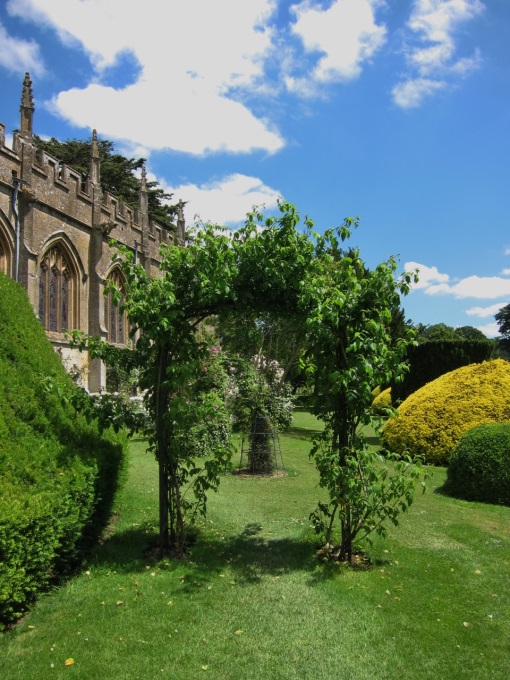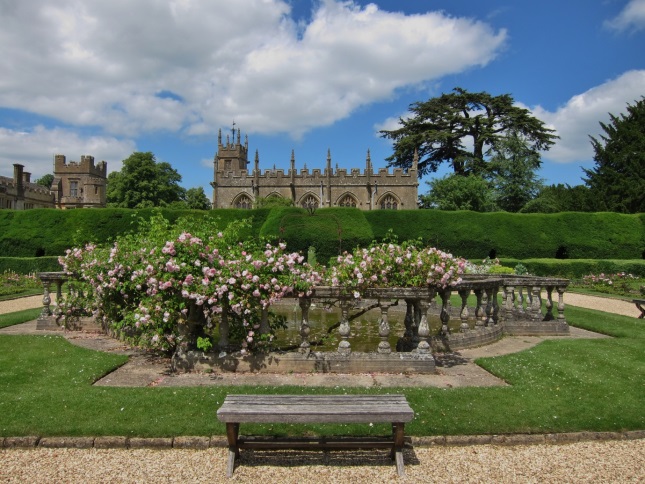Sudeley Castle
The Loveliest Castle in England?
Chapter 5 : Tudor Period
Henry VII granted Sudeley to his most dedicated supporter, his uncle Jasper Tudor, whom he created Duke of Bedford. When Jasper died without heirs in 1495 it reverted to the Crown. There are no records of any royal visits to Sudeley until the summer of 1535 when Henry VIII and his second queen, Anne Boleyn, paid a visit during their Summer Progress. Sadly for Anne, Sudeley was not the only delight the King experienced – he appears to have fallen in love with Jane Seymour during this period, and Anne was surplus to requirements.

There is no further record of Henry visiting, and Sudeley was granted after Henry VIII’s death to the new king’s uncle, Sir Thomas Seymour. Already Lord High Admiral, Seymour took the title “Baron Seymour of Sudeley”. Before long, he was expending vast amounts of money on the Castle, to fit it for a Queen. Henry’s widow, Queen Katherine Parr, having married Seymour with almost indecent haste.
In the summer of 1548, the Queen and Seymour moved to Sudeley to await the birth of her first child. Queen Katherine kept royal state at Sudeley, and her connection with the Castle is sensitively explored in the various exhibitions and artefacts preserved. A particular delight is the use of topiary to represent the Queen on her way to her Chapel (now St Mary’s Church).
Sadly, Queen Katherine did not live long enough to enjoy the gardens and refurbishments that Seymour had so lovingly repaired. She died 5th September 1548 and is buried in the Chapel. Her remains suffered various indignities during the 18th century, but now repose under a fine alabaster memorial.

Sudeley reverted to the Crown when Seymour was executed in 1549, and was granted to William Parr, Queen Katherine’s brother. He too, fell from favour for his part in the proclamation of Lady Jane Grey and lost his lands, though not his life.
Queen Mary then granted Sudeley to Sir John Brydges and created him Baron Chandos.The Chandos family remained at Sudeley and even managed to survive the cost of three separate visits from Elizabeth I. However, the castle could not survive the destruction of the seventeenth century.
